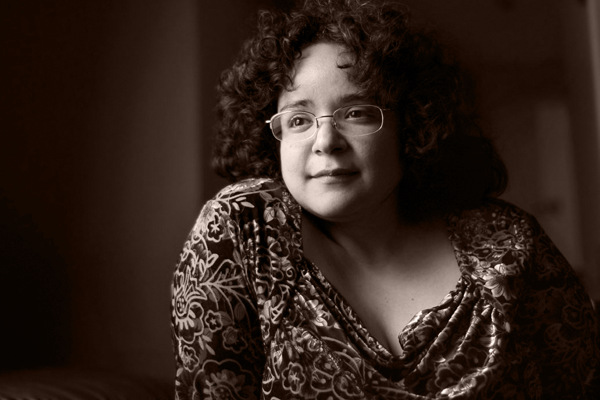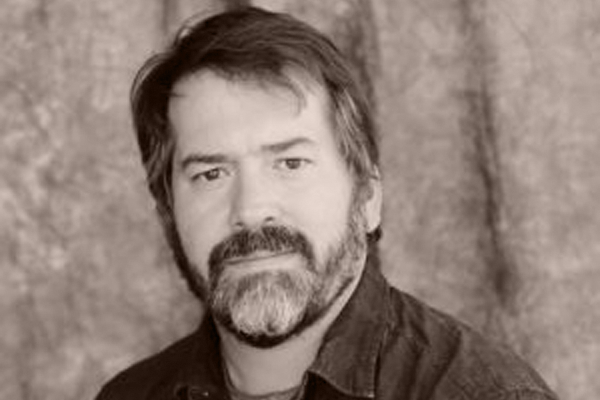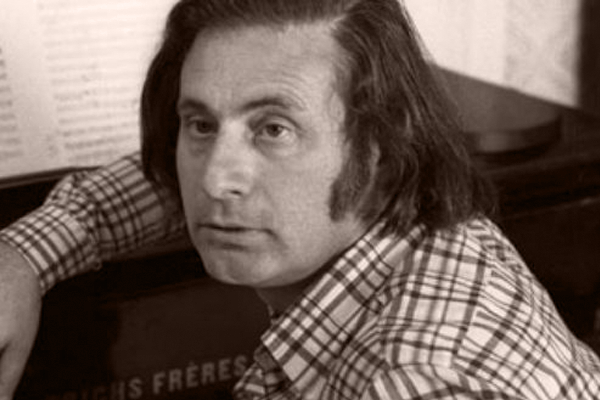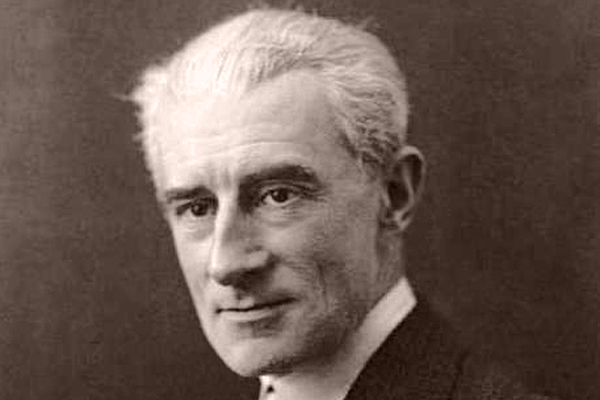Please review our Health & Safety policies before arriving at the concert venue. By purchasing tickets or ticket packages, you agree that you and any guests who use your tickets will comply with these policies.
Musicians cut loose in this program packed with rowdy energy and just a hint of mystery.
Heitor Villa-Lobos: Assobio a Játo (Jet Whistle)
Gabriela Lena Frank: Milagros (Miracles)
Devin Maxwell: Git Along Little Dogies
Neil Thornock: Blur
Alfred Schnittke: Serenade
Maurice Ravel: Introduction and Allegro
Program Notes
by Jeff Counts
By the time Heitor Villa-Lobos composed his unusual flute and cello duo Assobio a Játo (Jet Whistle) in 1950, he was a long-established artistic advocate for his home country of Brazil and had played an important role in the eclectic nationalism that spanned the breadth of Latin America. His early influences were as diverse as they were informal, drawing on everything from the cafés of Rio de Janeiro to the music halls of Paris, and Jet Whistle represents the full maturity of his unique, wide-ranging style. Villa-Lobos was himself a cellist, but it’s the flute writing in Jet Whistle that occasioned the title. It refers to a novel technique employed in the third movement that reminded the composer of an airplane during takeoff.
Milagros (Miracles) is a 2010 string quartet composed by Gabriela Lena Frank. In this remarkable and charming work, Frank honors her mother’s Peruvian roots through a series of eight brief vignettes. According to the composer’s own note, each “refers to the sights and sounds of Perú’s daily life, both past and present”. The multi-racial Frank describes herself as a “gringa-latina” and admits that her Andean travel observations, “while probably ordinary to others”, were “quietly miraculous” to her. Inspired by many “often difficult, yet always joyous” visits, these touching Peruvian mini portraits include depictions of roadside shrines, panpipes, empty cities, brightly colored dolls, nighttime shadows, water drums, and indigenous folk singers.
“When I look at my work over time,” writes Utah-based composer Devin Maxwell, “it becomes clearer and clearer to me that I’m interested in two things: resonance and relationships.” Git Along Little Dogies (2014), for mixed ensemble and sampler, embodies these twinned goals in very special way. In his description of the piece, Maxwell recalls a particular YouTube rabbit hole related to the Roy Rogers song that he used to sing to his son at bedtime. When searching through other versions led him to Woodie Guthrie, Guthrie’s lingering vocal style and unique harmonic fingerprints urged Maxwell to explore the tune more deeply. Maxwell knows his son is no longer “interested in being sung to sleep”, but he hopes that “the timelessness” of their shared melody is still “intrinsic to him.”
Our next Utah composer, Neil Thornock, had this to say about his 2012 percussion duet Blur: “Much of this piece consists of two performers playing the same thing on different instruments and with different timings. It’s kind of like the effect you would get when two people read the same text at the same time without really caring about matching up.” In addition to squaring off with a vibraphone and a xylophone, each player is asked to contribute found objects of either metal or glass. Thornock further states that, while writing Blur, he was “toying with the irony of using a very crisp sonic world” to comment on “the blurring, not only of words, but also of meaning” that often happens when “two people have largely the same point to make but end up arguing with each other anyhow.”
Russian composer Alfred Schnittke wrote an essay in 1971 titled “Polystylistic Tendencies in Contemporary Music”. In it, he described the practice of employing multiple styles and disciplines from different eras or cultures in the same piece. As far as compositional “tendencies” go, Polystylism was one he himself was quite prone to. In fact, his Serenade for Five Instruments from just a few years prior (1968) had all the hallmarks of the concept. Built using quoted material from Beethoven, Tchaikovsky, Rimsky-Korsakov, and his own film scores, the Serenade also marked a personal pivot point for Schnittke from the serial techniques of his younger days to a more aleatoric approach to melodic construction.
In 1905, the Érard Company hired Maurice Ravel to write a work featuring their traditional pedal harp. The manufacturer was motivated to renew interest in their brand (and their dependable technology) after a competitor, Pleyel, engaged Debussy to show off their snazzy new chromatic harp. Neither Érard nor Ravel were to be outdone by their respective rivals, and the composer’s unusually scored but thoroughly effective Introduction and Allegro was among the first works to explore the full expressive spectrum of the harp. It is interesting, and a subject of frequent speculation, that Ravel left the Introduction and Allegro out of his autobiographical catalogue. The fact that he chose the piece in 1923 for the first of his rare recording projects proves that his flexible opinion of it was, on occasion, closely aligned with ours.




















